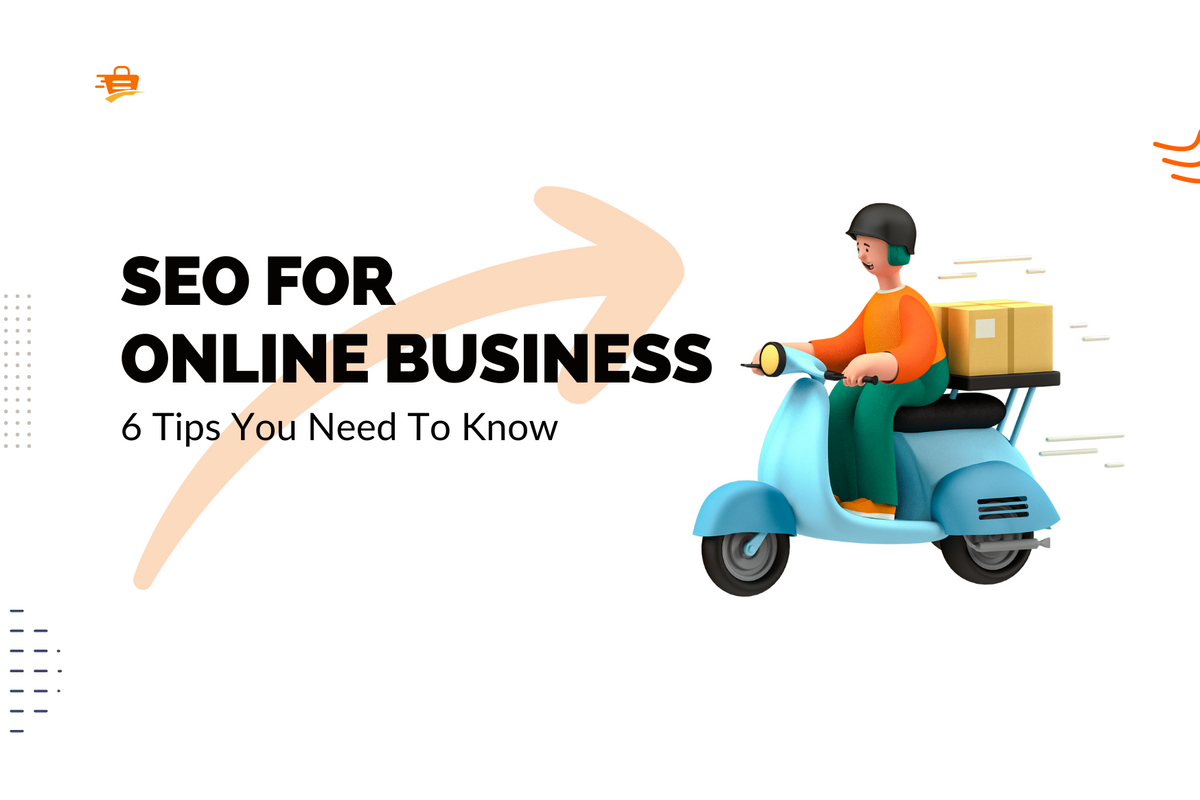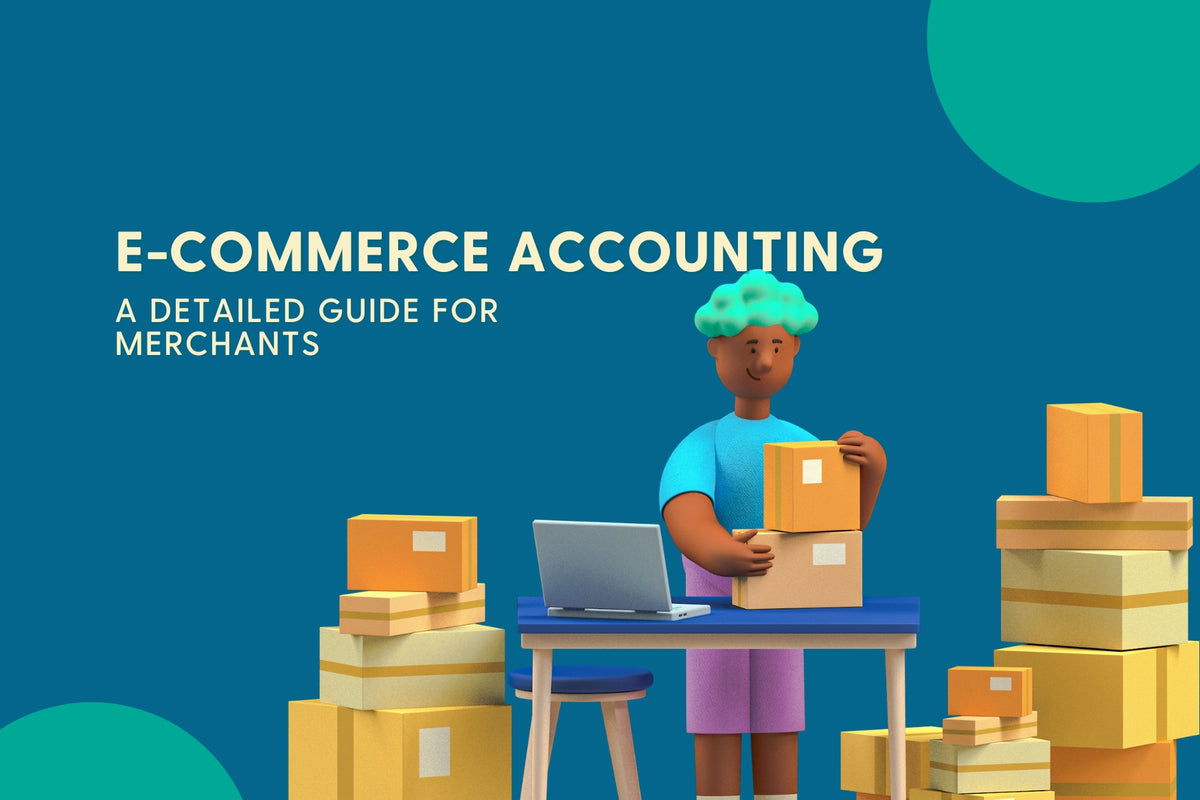Relevance in site search results is a make-or-break element in eCommerce success. Besides sales and revenue metrics, eCommerce decision-makers closely monitor search engagement and abandonments as signals for customer satisfaction. 94% of U.S. consumers reported receiving irrelevant results. This has led digital commerce websites to lose $300B each year from bad online search experiences. Improving search relevance should be among the top priorities of online businesses.
In addition to an excellent tool for site search algorithms that can employ AI and machine learning powers, merchants have another option for Scoped Search to enhance the keyword matching for their site search engine. However, this sharp knife must be used wisely; otherwise, it could ruin product discovery.
In this article, Boost's experts will give you an overview of Scoped Search and best practices when implementing it in your online empire.
What Is Scoped Search?
We have been talking about Scoped Search for a while so what exactly is it and how can it help better search experience for online customers?
Simply speaking, Scoped Search refers to the practice that limits search boundaries to a specific subset of products or categories. It's widely used in marketplaces, online stores with a huge inventory, and information-based websites.
 |
 |
 |
As can be seen, each type of website has a somewhat different approach to Scoped Search. According to Nielsen Norman Group, there are two most popular ways to implement Scoped Search: in the drop-down scope selection (as in the example of Costco and Macmillan Publishers) or in the autocomplete scope suggestions (as in the UNIQLO example).
How does Scoped Search benefit eCommerce merchants?
First and foremost, it brings context to the general search terms.
Have a look at the UNIQLO example again. A father finding a present for her daughter's birthday must want to be presented with dresses from Kids' collections. On the other hand, a son looking for a Mother's Day gift would love to see results from Women's categories. Adding some context to the query helps the site search engine return better matching results because it’s difficult to parse a simple query to understand which domain or category users are interested in.

Not only can Scoped Search generates more relevant results, but it also does it faster. Faster than what? You may ask. So let's talk about Scoped Search vs Global Search.
Scoped Search vs. Global Search
Global Search is the opposite of Scoped Search. It's when the search engine looks for matching results from site-wide content. This is the practice of most eCommerce websites at present. One drawback of Global or Universal Search is it brings back too many results. Imagine you search for “dress" on a megastore that has a vendor named DRESSIE. Consequently, the search results of a universal search engine will also include products from that vendor no matter whether they are really “dress" or not. That's how the keyword-matching process works.
Of course, there is still a workaround using filters and facets for customers to refine global search results to match their intention better. (That's why Global search is still more popular than Scoped search). However, it takes more time, clicks, and irritation and confusion unless your store provides effective filters with optimized UI/UX.
When Is Scoped Search Unideal To Business?
As mentioned earlier, Scoped Search is a very very sharp knife. When implemented poorly, it does much more harm than good. Below are three main issues that usually come with inefficiently designed Scoped Search.
Searchers expect to get site-wide results and pay no attention to the Scope selectors
This issue mostly occurs in websites with drop-down scope selection.
Due to the popularity of Global search, customers are accustomed to receiving site-wide results and then narrowing down the search results with filters and facets. Most people consider a website a single entity, so the search engine should cover all of it. Therefore, when customers visit a site with a pre-selected scope for search, they will likely overlook what is included and what isn't. This is a nightmare because no search results, in this case, indicate that the entire site doesn't have what they need, and the customers probably go to a competitor site.
How to fix this issue
When applying a drop-down scope selection, always have the “All” option and set it as default. Informational content like delivery, return policy, and contact information should be searchable as well. Moreover, you can make the drop-down selectors more apparent by using strong visual cues.
Another best practice is to put the scope label near the search box and at the top of search results to make it clear if the search is limited to a particular scope. It also helps when you include a one-click option to expand the search to the entire site.
Scoped suggestions only allow a single selection
Unlike the first issue, this one is prominent in autocomplete predictive search with scoped suggestions.
Although scoped search enhances relevance by providing context, the context can be incomplete.
Let's get back to the search for “dress" on UNIQLO. What if the searchers want to look at dresses for both kids and women and the scoped suggestions only allow choosing either of them? It would be annoying to go back and forth between 2 categories.
For many customers, asking them to pick a searchable category right at the search bar is too early. Let's imagine you are looking for a new dress in general, and there are three scopes Mini dresses, Midi dresses, and Maxi dresses. Chances are that you want to glimpse through all of them before deciding the length of the dress. Consequently, asking customers to choose a search scope during their first search attempt can create annoyance.
How to fix this issue
Fortunately, you can fix this issue by combining Scoped search and Global search. That's how Boost AI Search & Discovery approaches Scoped suggestions. We'll explain it in detail later.
Unclear grouping causes confusion
Naming the search scope ambiguously or using industry jargon is a big challenge for visitors to use Scoped Search best.

The scopes in Amazon can be confusing sometimes. Which category will scissors, for instance, fall into? What's the difference between Health & Household, Home & Kitchen, and Tools & Home Improvement?
How to fix this issue
The best cure is to label your categories distinctly. You may also consider grouping some scopes into bigger, more general departments.
How Boost Approach Scoped Search
Our BA and engineering team have done in-depth research to incorporate Scoped Search in our search and discovery solutions so that we can help Shopify merchants not only optimize its benefits but also prevent the limitations. Boost users can use the app to get Scoped Search to work perfectly on their store in three ways.
Scoped suggestions
This is a brand-new feature of Boost 3.0. Our Scoped suggestions employ a hybrid approach. It won't replace the Global autocomplete suggestion; instead, it adds a section for scoped suggestions in the Instant search widget. This matches the search intent of both kinds of searchers, who have and don't have a particular category in mind. Issue #2: Resolved.

Scoped suggestions of Boost AI Search & Discovery allow users to select two from 4 types of scopes(Vendor, Collection, Category, and Product Type) to be presented on the predictive search drop-down. Scoped suggestions by Collection and Vendor are enabled by default when you activate this feature. These are the two most popular scopes in eCommerce businesses. You can always change the setting in the app admin.

Global search results with efficient filters and faucets
Before Scoped suggestions, Boost has long been renowned for powerful filter options on both collection and search results pages. You can create a filter option from almost all product attributes, from price, color, size, and product options to tags, metafields, collections, and categories.
Filter by collections and tags can be displayed as multi-level filters. This works as a switch to “scope" the search results in a particular collection and to get back the universal results in the “All" filter option. Thus, Issue #1 can be partially avoided. (Since we haven't released the search bar with scope selection, we can't fully address Issue #1)

In-collection search
In-collection search is another workaround for Issue #1. When customers have settled on a collection to find the desired products, they usually visit that collection instead of performing a search on the search bar. Here, in the collection, they can use the dynamic filters Boost provides to get the exact product they want. Or they can perform a search within this collection.
The results will be limited to products on the collection the visitor land on only. Boost users can customize the placeholder text for the in-collection search bar to make the website copies more interesting.

Ready To Give Boost A Try?
All Boost features come with a 14-day free trial. You don't even need to enter your card details to try all these fruitful features for FREE. Furthermore, we offer powerful search features with analytics, search performance, and search abandonment metrics like searches with results, searches without results, searches without clicks, search conversion rates, revenue from search, etc. This is an invaluable source for business decision-makers to optimize the site search engines. You know what? Boost provides you with optimizing tools for site search, such as Synonyms and Merchandising too.
Wait no more, and try the app NOW!




